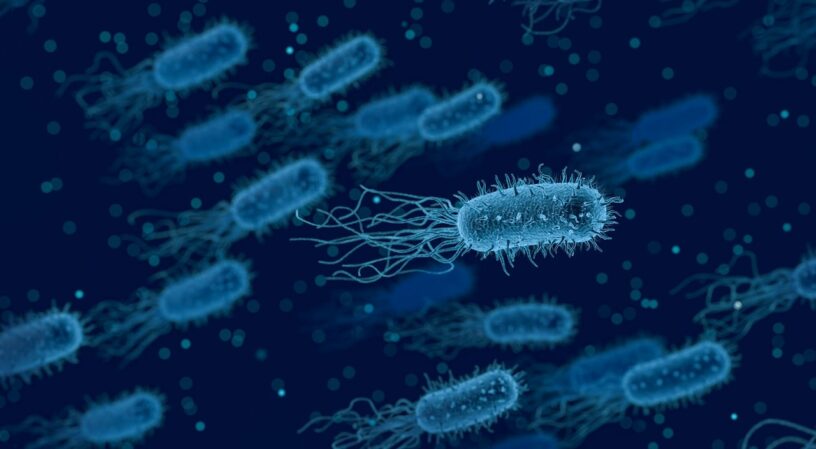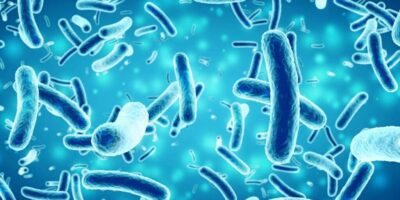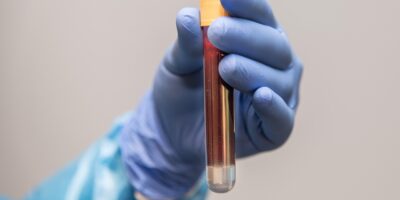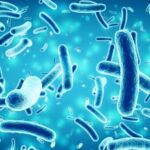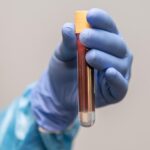Cancer has been famous for being incredibly difficult to cure, not just in the medical industry but the whole world, because of this it doesn’t come as a surprise that scientists are always in search of a cure for cancer. However, due to the tumor’s microenvironment(TME) created by the cancer, the search has not been easy, as TME is capable of inhibiting the effects of cancer therapy.
Ever since the idea of curing cancer appeared, scientists have been frantically searching for it. The constant search would allow for the development of recent cancer therapies, such as chimeric antigen receptor T cells (CAS)(White blood cell), immune checkpoint blockade (Anti-PD-1 antibodies), and CAR natural killer (white blood cell). Unfortunately, despite such advancement in cancer therapy, it is ineffective when combating advanced cancer tumors.
However, scientists eventually turned to something else as an alternative for fighting cancer, Bacteria, this is due to their inherent trait of motility, allowing them to penetrate the tumor. A research team led by Shaobo Yang directed their focus onto engineering a non-pathogenic bacteria known as Escherichia coli (E.Coli). Through their research, it was found that the use of DR18 Ompa mutant-engineered E.Coli had effective tumor control. This discovery ultimately brought the engineered E.Coli into the cancer cure discussion.
In Shaobo Yang’s testing, the team engineered scaffolding on the surface of the E. Coli. Which can bind to the cytokine. Where the cytokine acts as the control center for the growth of the immune system and blood cells. The cytokine would then be engineered onto the membrane, which is expected to activate a potent immune response towards the tumor microenvironment causing a more effective attack on the cancer cells. Five scaffolds were utilized such as OmpA, and alongside the scaffolding, eight different cytokines were also tested.
The team would then assess the compatibility of the scaffolding with each of the cytokines. This test is done through cytometry after the cytokines and scaffolding was implemented onto the E. Coli. The specific cytokines, hIL15, mIL15, hIL18, mIL18, and mDR18 were able to express no matter the scaffolding. With the rest being ineffective. These results would lead to priority on observing hIL15, mIL15, hIL18, mIL18, and mDR18.
To further assess the effectiveness of the transformed E.Coli. Each of the bacteria with their specifically engineered cytokines is tested with a mouse model that bears 0.5 million cancer cell lines. The bacteria in dosages of 1 billion CFU is injected on days 7,10 and 14 to review for the efficacy of set cytokine. The test would result in the mDR18 cytokine with the OmpA scaffolding being the most effective. Testing was further continued with the OmpA- mDR18 cytokine, uncovering that even at lower bacterial dosages of 0.25 billion, the cytokine still showed a very promising response to the tumor. These mice, by day 21 showed little to no intense symptoms of the tumor, while by day 100, 50% of the remaining mice became cancer-free. Not only that, the new dosage of 0.25 billion was proven to be relatively safe compared to the counterpart of 100 billion which resulted in negative physical changes of the mouse. With both the safety and efficacy testing, this new finding could potentially steer the cancer therapeutic industry to focus on bacteria as a potential candidate for the cure for cancer.
For more comparison, OmpA-mDR18 was put up against Anti-PD-1 antibodies, a pre-existing immunotherapy for treating cancer. OmpA-mDR18, Anti-PD-1 antibodies, and a combination of both were all tested, where OmpA-mDR18 was more effective than the Anti-PD-1 antibodies(60% cured), not only that but the combination of both treatments showed very promising results (90% cured). Ultimately suggesting that OmpA-mDR18 especially in synergy with Anti-PD-1 is highly effective against cancer.
To sum it all up, bacteria becoming one of the potential cures opened up various directions for future cancer treatments. Bacteria will act as the new base for cancer research, with it being such a new concept, the development towards it will most definitely advance, and perhaps lead us towards the cure for cancer.
Source Article: https://doi.org/10.1038/s41587-024-02418-6
Cover image: https://pixabay.com/illustrations/bacteria-medical-biology-health-3662695/
